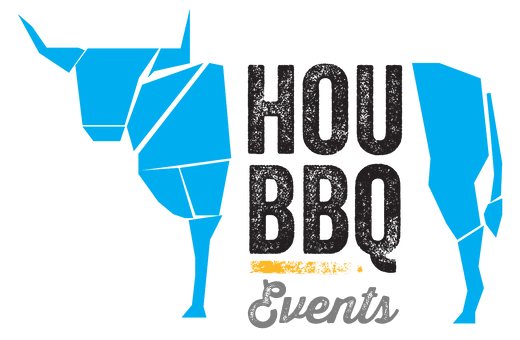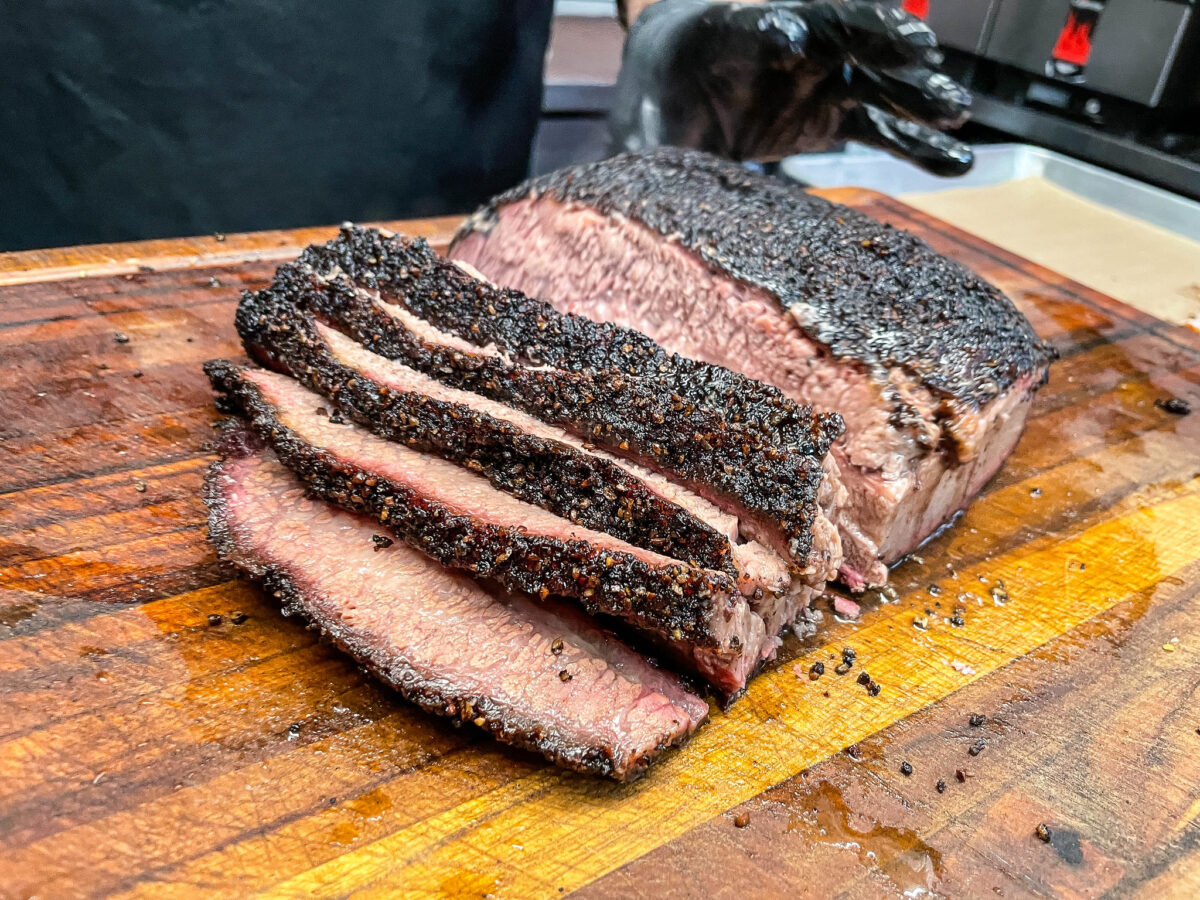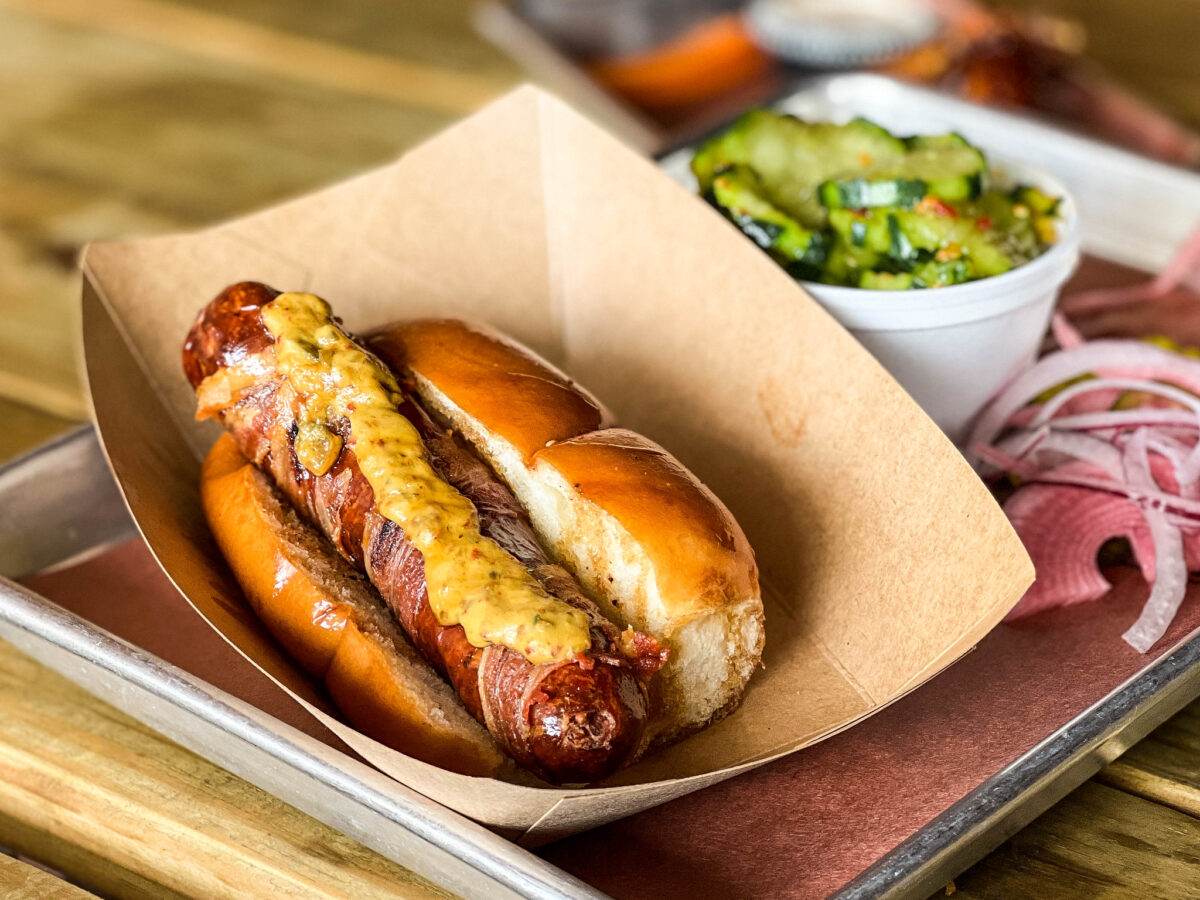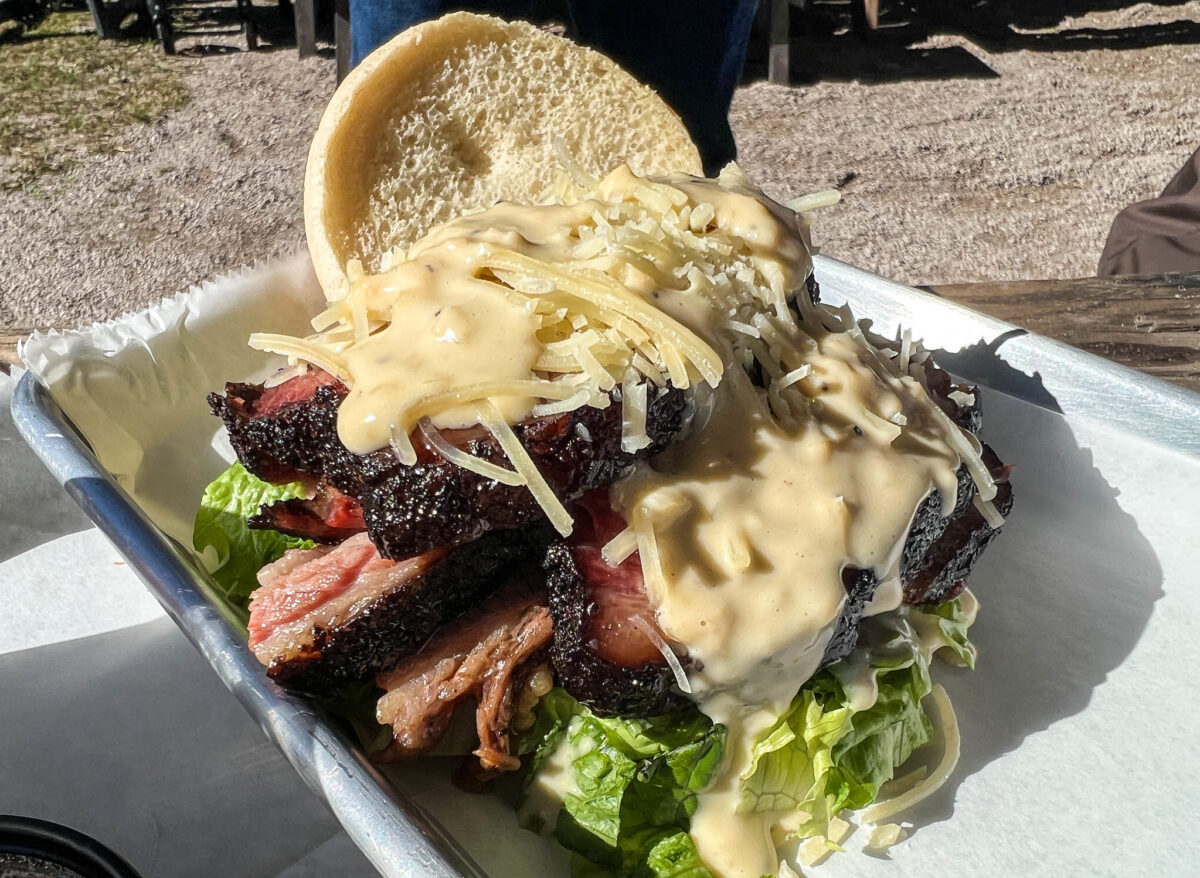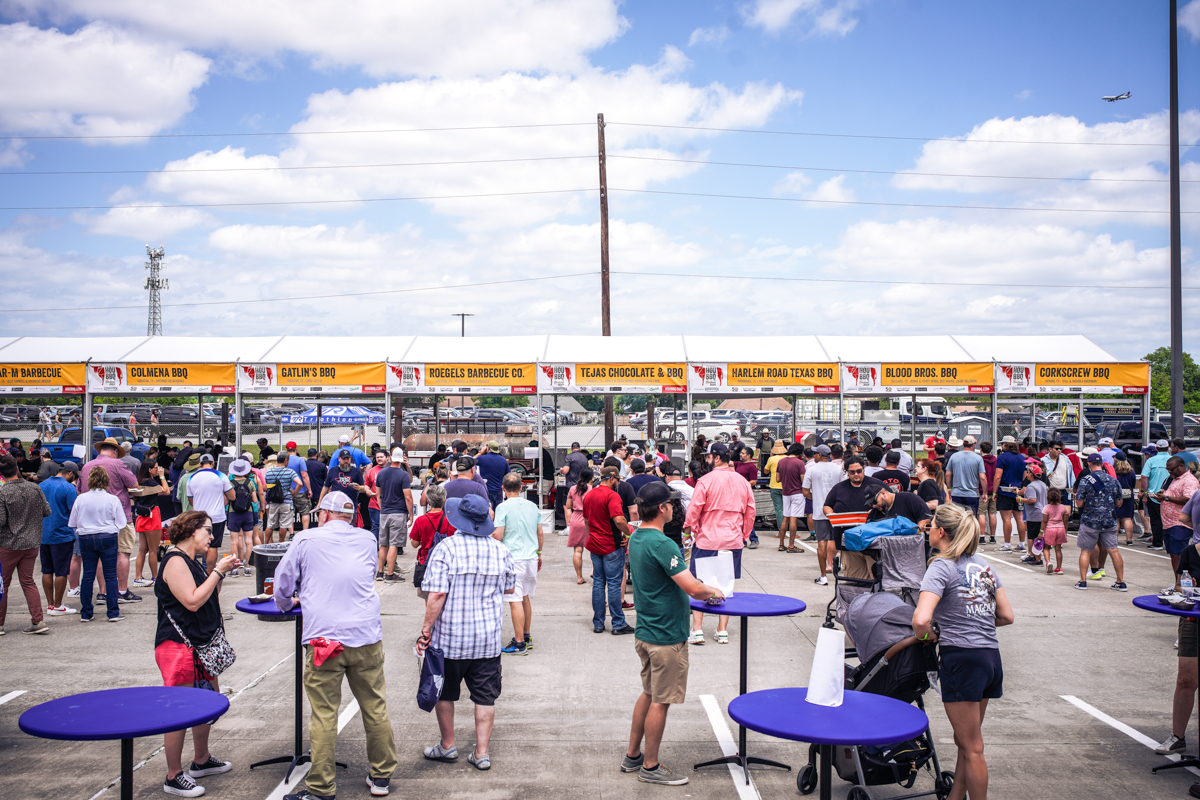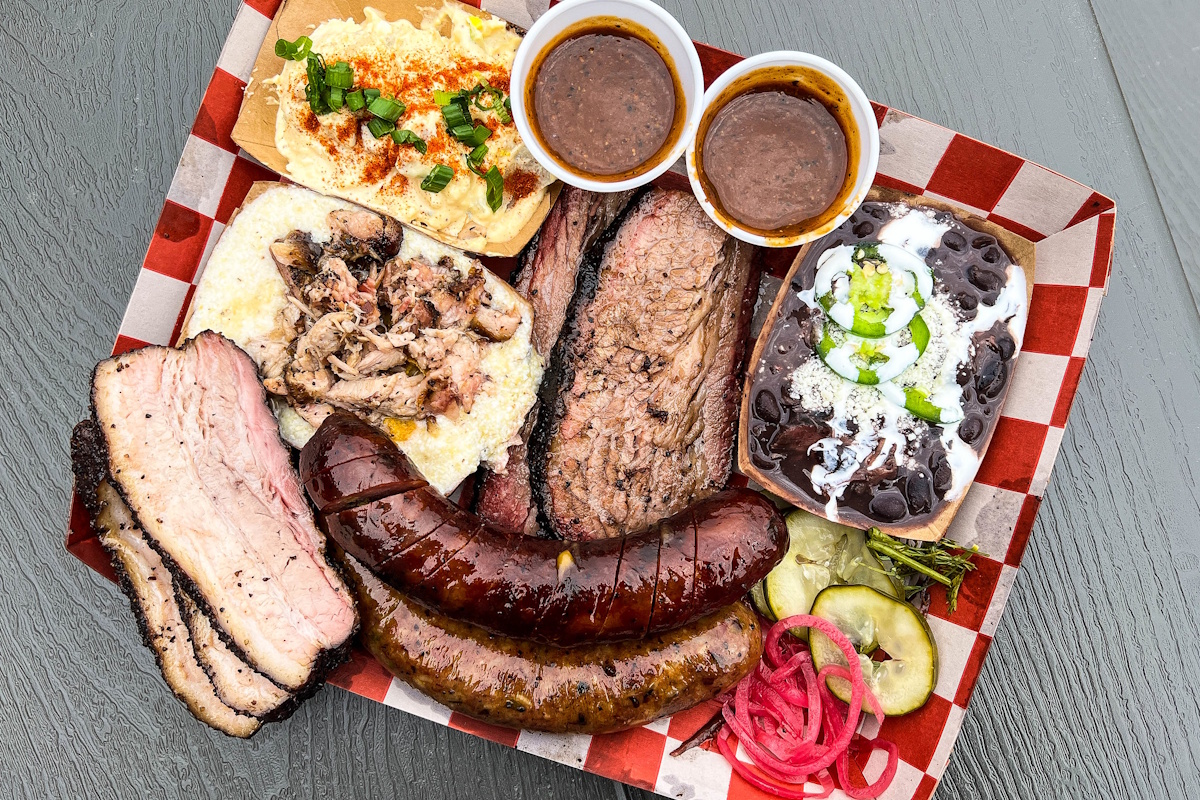
Announcing the 2025 BBQ Block Party: The New Houston ‘Q
The Houston Barbecue Festival, Goodstock by Nolan Ryan, and Saint Arnold Brewing Company announce the 2025 BBQ Block Party: The New Houston ‘Q celebrating a new generation of pitmasters that will continue greater Houston’s reign as the best and most creative city for barbecue in the state. Like the old saying goes, Houston is an hour away from Houston. It’s a big place to cover for barbecue fans searching for the latest and greatest smoked meats.
Fortunately, the team at HOUBBQ has put in the research and the miles to discover the next wave of Houston-area barbecue talent and will bring them together on July 20th for barbecue aficionados to taste their wares and meet these rising stars in person.
